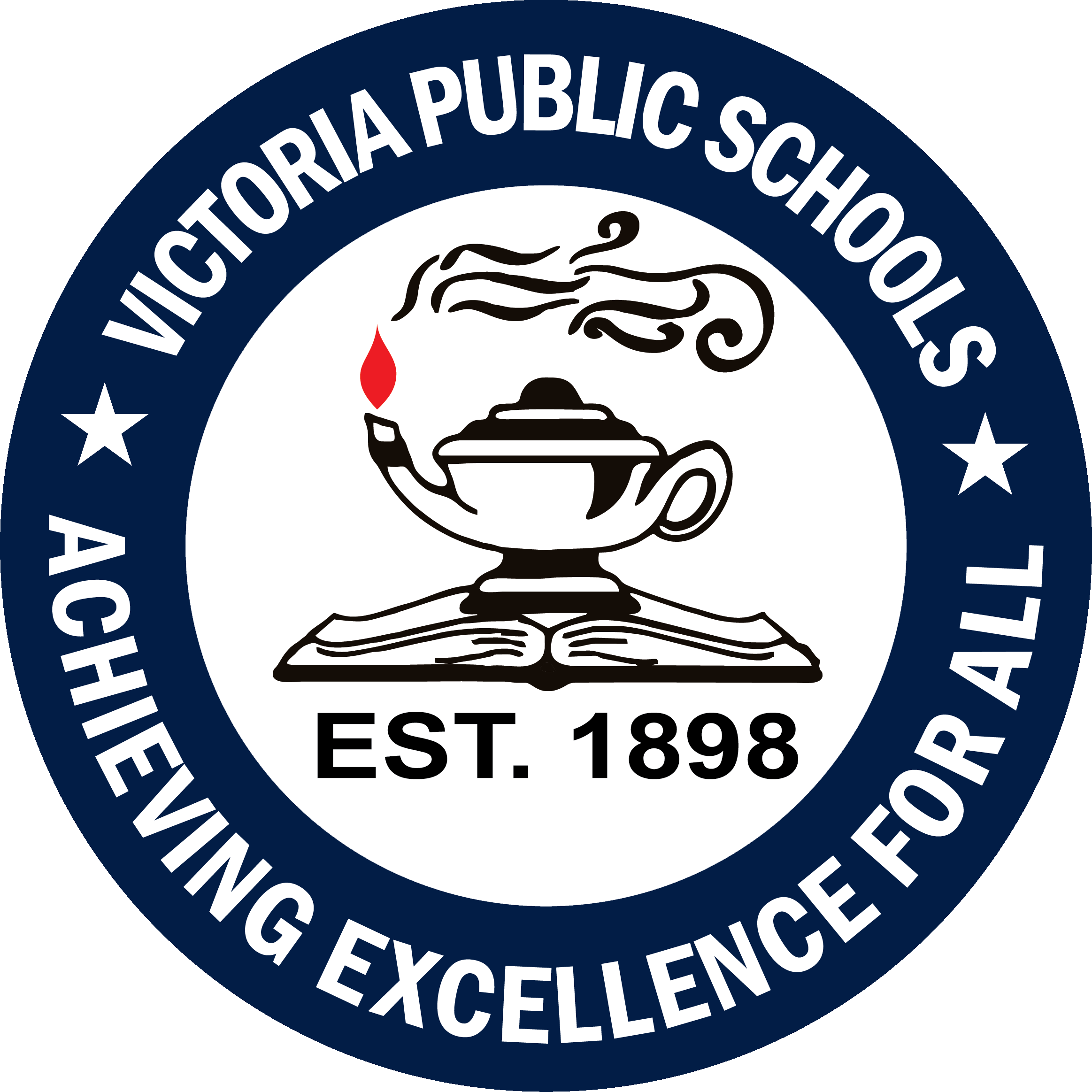As students progress through high school, preparing for life beyond graduation becomes a top priority. At Victoria ISD, we are committed to providing students with the tools and opportunities they need to succeed in their post-secondary journey, helping them grow their genius and maintain their path to finding their ‘and.’
Two of the most valuable post-secondary options VISD offers are Advanced Placement (AP) and Dual Credit courses. These programs give students a head start on their college education while still earning high school credit.
Choosing the Right Path
Both AP and Dual Credit offer valuable experiences, but there are important differences to consider. AP courses follow a standardized international curriculum, while Dual Credit courses are aligned with Victoria College's academic departments. Additionally, while AP courses span two semesters (with exceptions like AP Economics and AP Government), Dual Credit courses are completed in one semester. Another key difference lies in college credit acceptance—AP exam scores are accepted internationally for scores of 3, 4, or 5. Colleges and universities determine the specific credit earned. Dual Credit hours transfer automatically within Texas public institutions. Both AP and Dual Credit courses offer weighted GPA benefits based on VISD policy, as they reflect the rigor of college-level curriculum.
Students can start taking AP courses their freshman year with AP Human Geography and AP Computer Science Principles. It is important to map out a student's high school plan during their 8th-grade year.
More information can be found here: https://www.visd.net/page/ap-pre-ap
What is Advanced Placement (AP)?
AP courses offer high school students the chance to take college-level classes and potentially earn college credit. Upon completion of an AP course, students take a standardized exam, and depending on their score (a 3, 4, or 5), many colleges worldwide grant credit. AP courses are taught by high school teachers trained by the College Board, ensuring a rigorous and standardized curriculum.
High school credit is earned by passing the course with a grade of 70 or above. College credit is awarded based on AP exam scores (earning a 3, 4, or 5). Use the College Board Tool to see what credits apply to the colleges you are interested in attending. Instruction is provided on the campus by a high school teacher free of charge, the exam fee is partially covered by VISD and partially paid by the student. AP courses are open to all students, though some have suggested prerequisites.
What is Dual Credit?
Dual Credit courses allow students to earn both high school and college credit simultaneously by completing a single class. These courses are taught by Victoria College professors or credentialed high school teachers. Dual Credit hours are transferable to most public colleges and universities in Texas, though students should verify transfer policies. In dual credit classes, both high school and college credit are awarded upon passing the course with a 70 or above.
Something to keep in mind, Dual Credit students are held to the same standards and expected to meet the same academic rigor as traditional college students. They may encounter material not covered in K-12 education. Victoria College treats these students as college-level learners, and VISD is not responsible for the academic content/topics delivered by Victoria College.
Texas HB 8 now allows qualifying students to enroll in dual credit courses at no charge and scholarships may be available for others, students can inquire in the College and Career Center. Under HB 8, qualifying students may receive tuition and fee waivers or reductions for these dual credit courses, removing financial barriers and making college credits more accessible.
Students must meet Texas Success Initiative (TSI) criteria through SAT, ACT, or TSIA2 scores, and submit a college application through the ApplyTx website. https://www.applytexas.org/
We encourage all families to explore both of these options and decide which pathway best fits their student’s academic goals. For more information, please contact the College and Career Center at your student’s campus.

